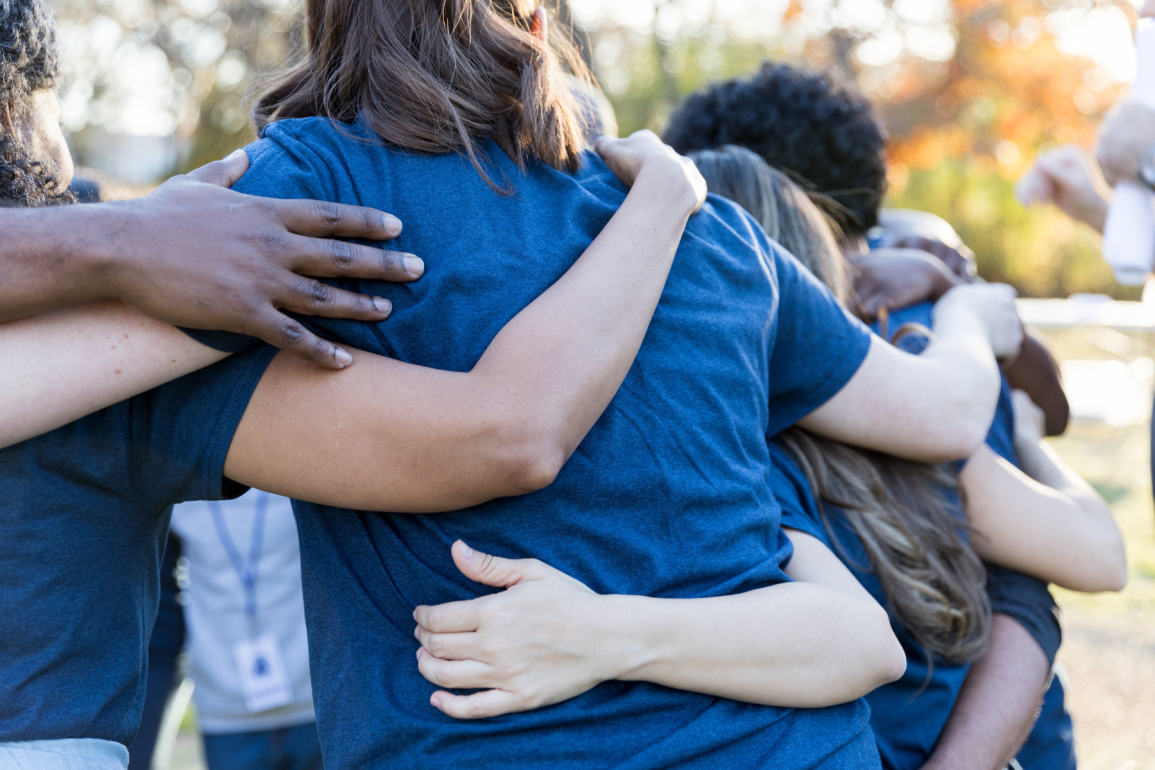How do I respond to disaster?

We are mindful of support needed in communities affected by recent tragic events and natural disasters. When sudden hardship hits, we’re compelled to lend a hand. To stay up to date on opportunities to have a donor-advised fund grant or personal donation amplified, visit the disaster response page on Thrivent.com .
Resources
Crises—both man-made and natural—strike communities across our globe regularly, and Americans respond. Thrivent Charitable donors are no different in their generous response. We are all too aware of the millions of people in need of humanitarian assistance—both in the days and the years following disasters. As a donor, how do you respond? Consider these resources to help guide you.
Basic Tips
Consider these tips for giving in times of crisis from experts in the field, the National Council of Nonprofits and Charity Navigator. As shared in these suggestions, it’s important to consider the longer-term view. Recovery takes a long time, and funding is required throughout.
Where to Give
There are many reputable organizations to benefit in times of disasters—and each situation requires a unique response depending on the community. It’s best practice to benefit those organizations that are on the ground and have existing relationships to respond most effectively. The following resources have detailed information on specific crises, suggested responses and pre-vetted charitable organizations to consider benefiting by disaster/critical issue area.
Basic Tips
Consider these tips for giving in times of crisis from experts in the field, the National Council of Nonprofits and Charity Navigator. As shared in these suggestions, it’s important to consider the longer-term view. Recovery takes a long time, and funding is required throughout.
Where to Give
There are many reputable organizations to benefit in times of disasters—and each situation requires a unique response depending on the community. It’s best practice to benefit those organizations that are on the ground and have existing relationships to respond most effectively. The following resources have detailed information on specific crises, suggested responses and pre-vetted charitable organizations to consider benefiting by disaster/critical issue area.
